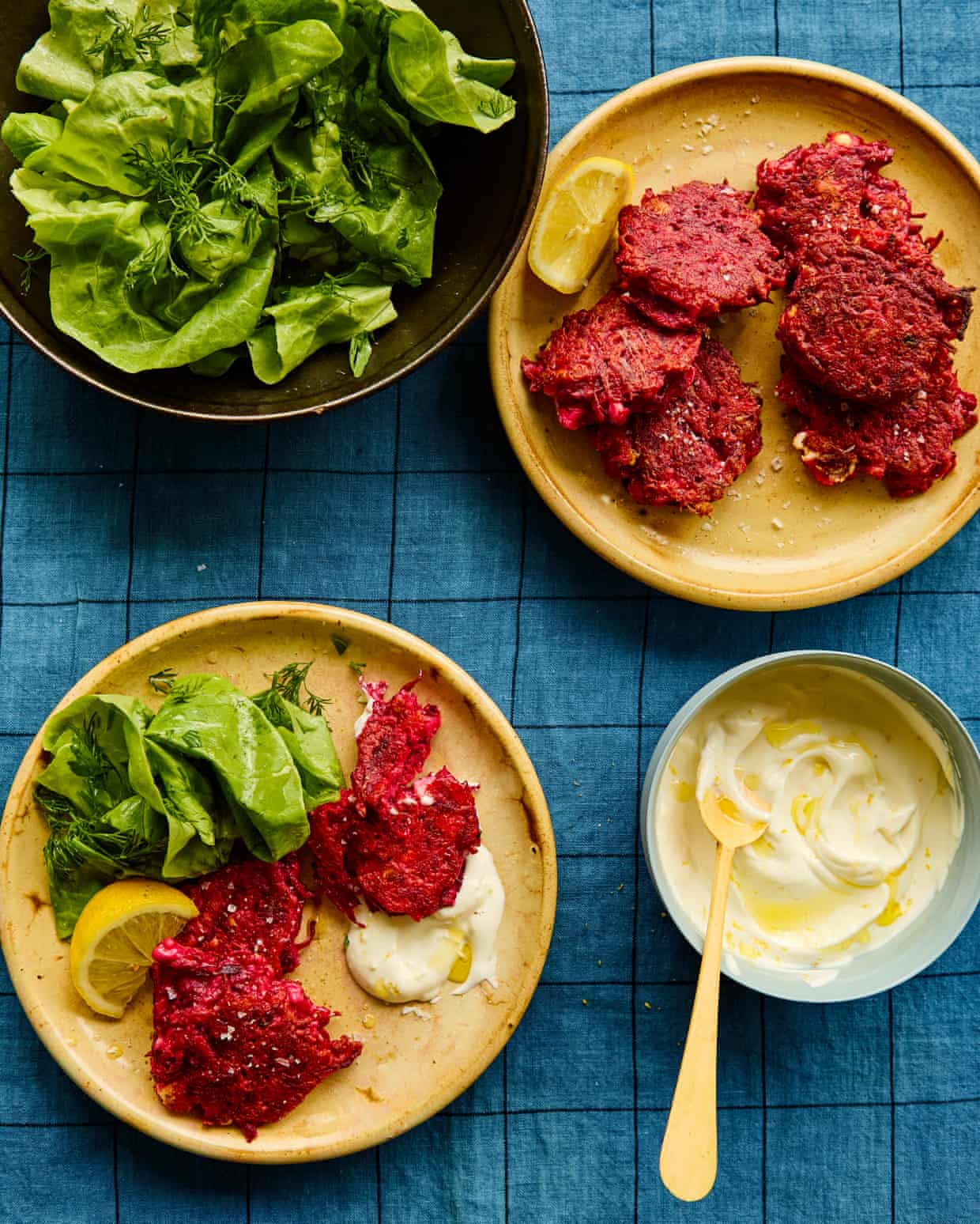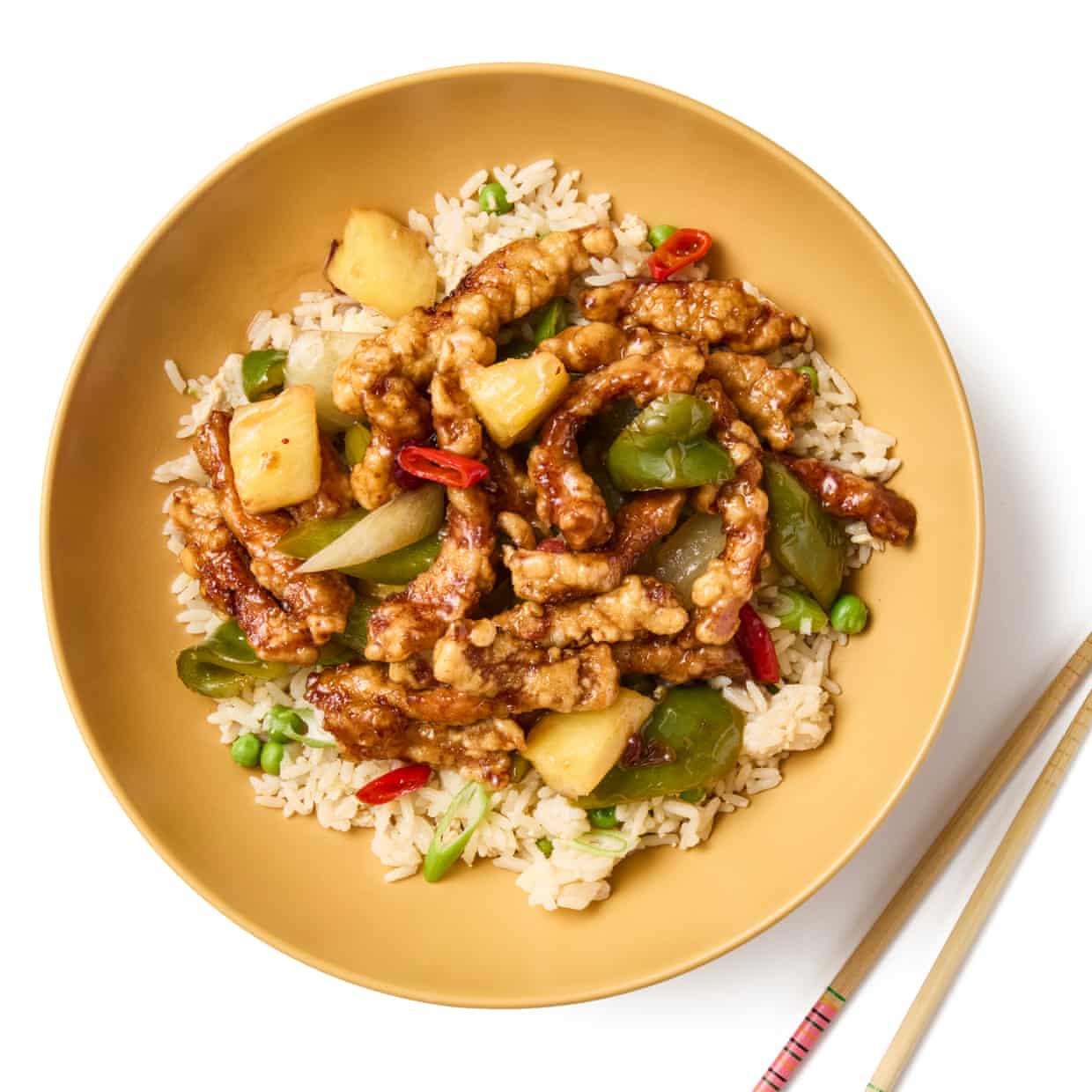Ultra-HD televisions not noticeably better for typical viewer, scientists say

Many modern living rooms are now dominated by a huge television, but researchers say there might be little point in plumping for an ultra-high-definition model,Scientists at the University of Cambridge and Meta, the company that owns Facebook, have found that for an average-sized living room a 4K or 8K screen offers no noticeable benefit over a similarly sized 2K screen of the sort often used in computer monitors and laptops,In other words, there is no tangible difference when it comes to how sharp an image appears to our eyes,“At a certain viewing distance, it doesn’t matter how many pixels you add,It’s just, I suppose, wasteful because your eye can’t really detect it,” said Dr Maliha Ashraf, the first author of the study from the University of Cambridge.
Ashraf and colleagues, writing in the journal Nature Communications, report how they set about determining the resolution limit of the human eye, noting that while 20/20 vision implies the eye can distinguish 60 pixels per degree (PPD), most people with normal or corrected vision can see better than that.“If you design or judge display resolution based only on 20/20 vision, you’ll underestimate what people can really see,” Ashraf said.“That’s why we directly measured how many pixels people can actually distinguish.”The team used a 27in, 4K monitor mounted on a mobile cage that enabled it to be moved towards or away from the viewer.At each distance, 18 participants with normal vision, or vision corrected to be normal, were shown two types of image in a random order.
One type of image had one-pixel-wide vertical lines in black and white, red and green or yellow and violet, while the other was just a plain grey block.Participants were then asked to indicate which of the two images contained the lines.“When the lines become too fine or the screen resolution too high, the pattern looks no different from a plain grey image,” Ashraf said.“We measured the point where people could just barely tell them apart.That’s what we call the resolution limit.
”The researchers found the human eye can resolve more detail than commonly thought, revealing the average was 94 PPD for greyscale images viewed straight on, while for red and green patterns it was 89 PPD.For yellow and violet patterns it was lower, at 53 PPD.In another experiment, 12 of the participants were presented with white text on a black background and vice versa, again at various distances, and were asked to indicate when the text looked as sharp as a sharp reference version.“The resolution at which people stopped noticing differences in text matched what we saw with the line patterns,” Ashraf said.The researchers have released a chart that shows different screen sizes and viewing distances, along with the nearest standard resolution that reaches or slightly exceeds the visual limit for most people.
“In other words, if your setup falls into one of those squares, you wouldn’t gain any visible benefit from going higher,” Ashraf said.The team have also created a free online calculator that allows users to enter their viewing distance along with the size and resolution of their screen, with the results indicating whether the setup is above or below the resolution limit of the human eye.As a result, users can explore whether a higher-resolution screen with more pixels would make a difference to what they see.“If someone already has a 4K, 44-inch TV and watches it from about 2.5 metres away, that’s already more detail than the eye can see,” Ashraf said.
“Upgrading to an 8K version of the same size wouldn’t look any sharper.”

Double, heavy, pure cream? Helen Goh’s guide to baking across borders – plus a finger bun recipe
When Sweet, the baking book I co-authored with Yotam Ottolenghi, came out in the United States in 2017, my excitement at seeing so many people bake from it was matched only by my horror at what I saw them pulling from their ovens on Instagram: pale cakes with thick, dark exteriors.Posts from Australian and British readers showed no alarming results and I quickly realised something had gone awry in the American translation. As it turned out, the recipes had been converted in-house by the publisher, using a straightforward formula to change celsius to fahrenheit. What no one had noticed was that the conversion also needed to take into account the oven setting: fan-forced versus conventional heat. Many American ovens, it seems, still don’t have a fan function

Rukmini Iyer’s quick and easy recipe for beetroot, apple and feta fritters | Quick and easy
These are autumn in a fritter. Not only were they an unexpected hit with my 18-month-old, but, after trying one myself, I instantly crossed out the saffron arancini at the top of my list for an upcoming lunch party and replaced it with a delirious, “OMG make these fritters!” Not bad for a five-ingredient dish, and a lot less faff than arancini.Serve with a green salad and the dip alongside for a filling dinner on a cold evening.Prep 15 min Cook 20 min Serves 2-42 apples (I used Discovery) 2 medium beetroot, peeled and grated1 egg 200g feta, crumbled60g self-raising flour (gluten-free if you have it)Olive oil, for fryingFor the dip 3 heaped tbsp Greek yoghurt 3 heaped tbsp mayonnaise ½ lemon, juice and zestA pinch of sea saltGrate the apples skin and all into a clean tea towel, then twist and squeeze the towel over the sink to remove as much moisture as you can. Tip the grated apple into a large bowl, then add the grated beetroot, egg and crumbled feta, and mix well

From harissa baked hake to chicken schnitzel: Ravinder Bhogal’s recipes for cooking with nuts
I always keep a stash of nuts in my kitchen cupboard. I scatter them, roughly chopped, over my morning yoghurt and fruit bowl, and when I feel an attack of the munchies coming on, I try (although I often fail) to reach for a handful of them in place of something sugary. These nutrient-dense superstars are high on the list of nutritionists’ favourite anti-inflammatory foods, and while all their health benefits are obviously terrific, I love them simply because they bring rich, buttery flavour, interest, and delightful texture to my cooking.Traditionally, schnitzels are coated in crisp breadcrumbs, but this delicious version using almonds and cornflour makes this nuttily delicious and suitable for anyone avoiding gluten.Prep 5 min Cook 45 min Serves 44 small boneless, skinless chicken breasts 50g parmesan, roughly chopped250g blanched almondsZest of 1 lemon50g cornflour Sea salt and black pepper2 eggs, lightly beaten1 tbsp dijon mustard Lemon wedges, to servePut a chicken breast between two sheets of baking paper, then use a rolling pin to beat the chicken until it’s about 1

We tried Tyra Banks’ ‘revolutionary’ hot ice-cream, and colour us confused
I’m at Smize and Dream, the ice-cream shop founded by supermodel, Harvard alumna and entrepreneur Tyra Banks. There is a steady stream of customers for a weekday afternoon in Sydney’s Darling Harbour. I’m here for the Hot Mama, which Banks debuted in September, and claims is the world’s first hot ice-cream.According to its creator, the new dessert is neither a latte nor a hot chocolate and certainly not melted ice-cream. But if it’s none of these, then what is it?“Liquid, warm, soothing, yummy, silky,” Banks wrote on Smize and Dream’s Instagram

How to make sweet-and-sour pork – recipe | Felicity Cloake's Masterclass
Sweet-and-sour sauce, which hails from the southern Chinese city of Guangzhou and is much loved in nearby Hong Kong, has been a victim of its own popularity – you can now buy sweet-and-sour-flavour Pot Noodles, crisps and even dips. But, when made with care, the crunchy meat, tangy sauce and sweet fruit will remind you why you fell for it in the first place.Prep 20 min Marinate 30 min+ Cook 10 min Serves 2For the marinade200g pork loin or lean shoulder 1 garlic clove 1 tbsp light soy sauce 1 tbsp rice wine, or dry sherry ½ tsp salt ¼ tsp Chinese five-spice powder (optional)To cook1 onion, peeled 1 green pepper, stalk, seeds and pith discarded 1 mild red chilli 1 egg 60g cornflour, plus extra to coatNeutral oil, for frying100g pineapple chunksFor the sauce2 tbsp apricot jam – the lower in sugar, the better1 tbsp cranberry sauce – ditto1 good squeeze lemon or lime juice25-40g soft light brown sugar 2½ tbsp Chinese red vinegar, or rice vinegar1 tbsp light soy sauce 1 tsp cornflour, or potato starchI’ve chosen to make this with pork (spare ribs also work well, if you don’t mind a bone; if possible, get your butcher to chop them up), but chicken thigh or breast, chunks of firm white fish or firm tofu would also work well. Anything that can be battered and fried without giving off too much water is a safe bet.Cut the pork into strips about 1cm wide, then peel and crush the garlic

Fete, Chelmsford, Essex: ‘It absolutely dares to be different’ – restaurant review | Grace Dent on restaurants
Fête in Chelmsford has made a big splash on the Essex food scene, snapping up local plaudits for this quaint, neighbourhood restaurant in a cobbled courtyard. Quaint isn’t a word I use often, but nor do I eat at many places with a spacious upstairs bar area that doubles as a yoga studio. Go for the spice bag potatoes with tropea onions and roast chilli, stay for the 45-minute flow yoga with Amanda.Actually, scrap that: do not even dream of pulling shapes after eating too many spiced onions. Leave it a couple of hours

From White Teeth to Swing Time: Zadie Smith’s best books - ranked!

Ardal O’Hanlon: ‘I fell asleep on stage once – I could hear someone doing my material, got annoyed and woke up’

My cultural awakening: A Jim Carrey series made me embrace baldness – and shave my head on the spot

From Springsteen: Deliver Me from Nowhere to IT: Welcome to Derry – your complete entertainment guide to the week ahead

John Deere obituary

Timely assurance from Lear’s Kent | Letters